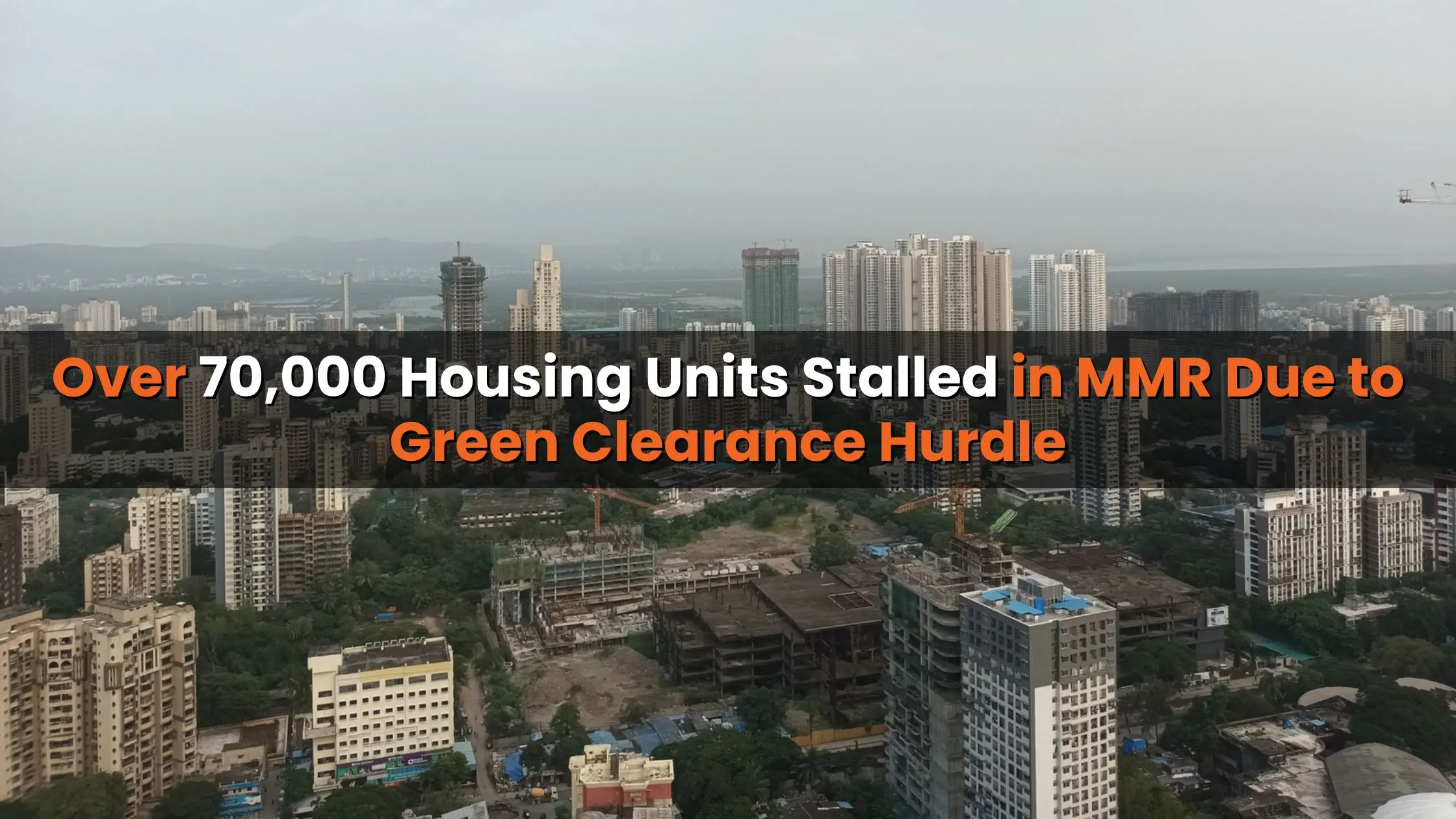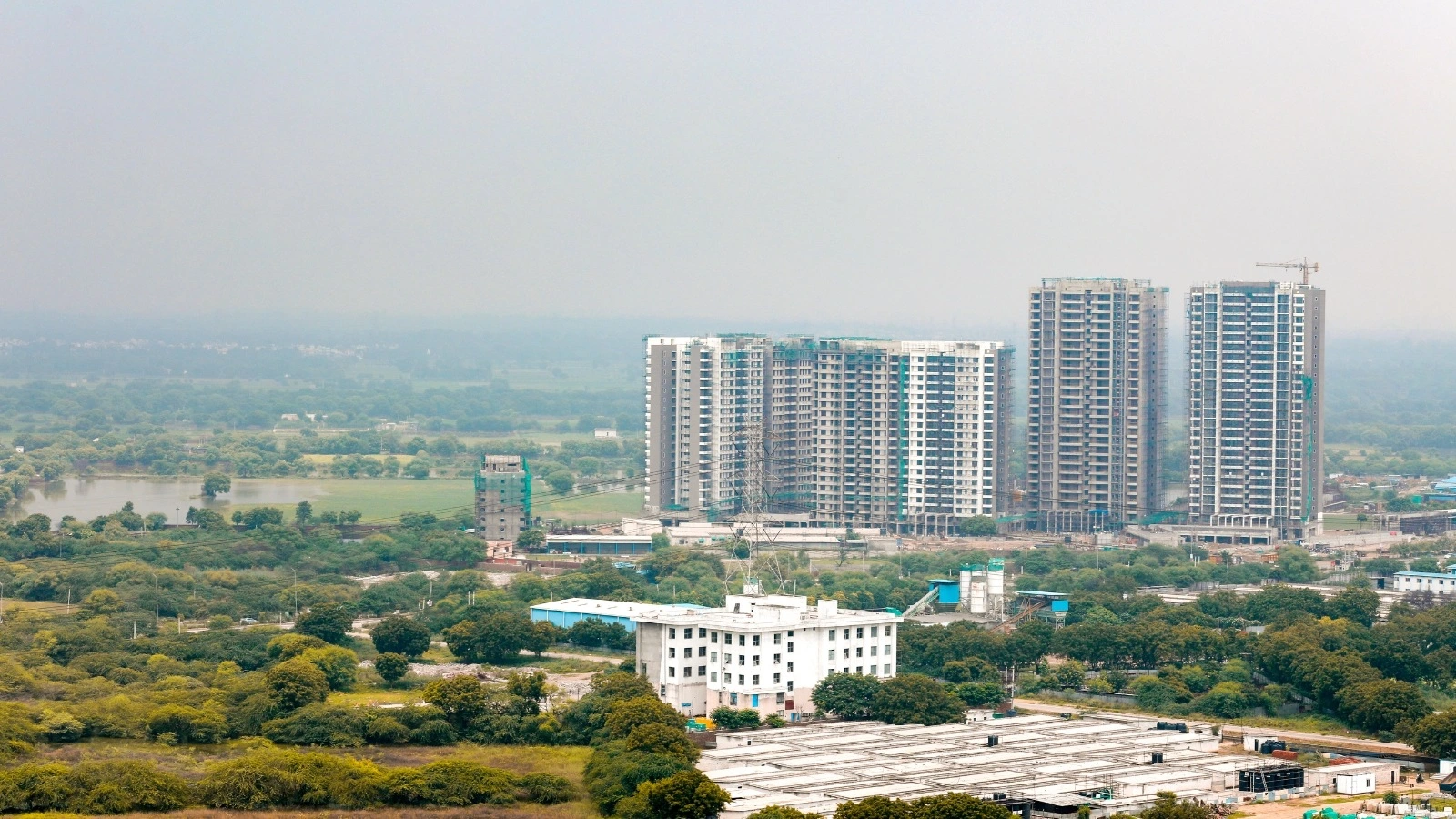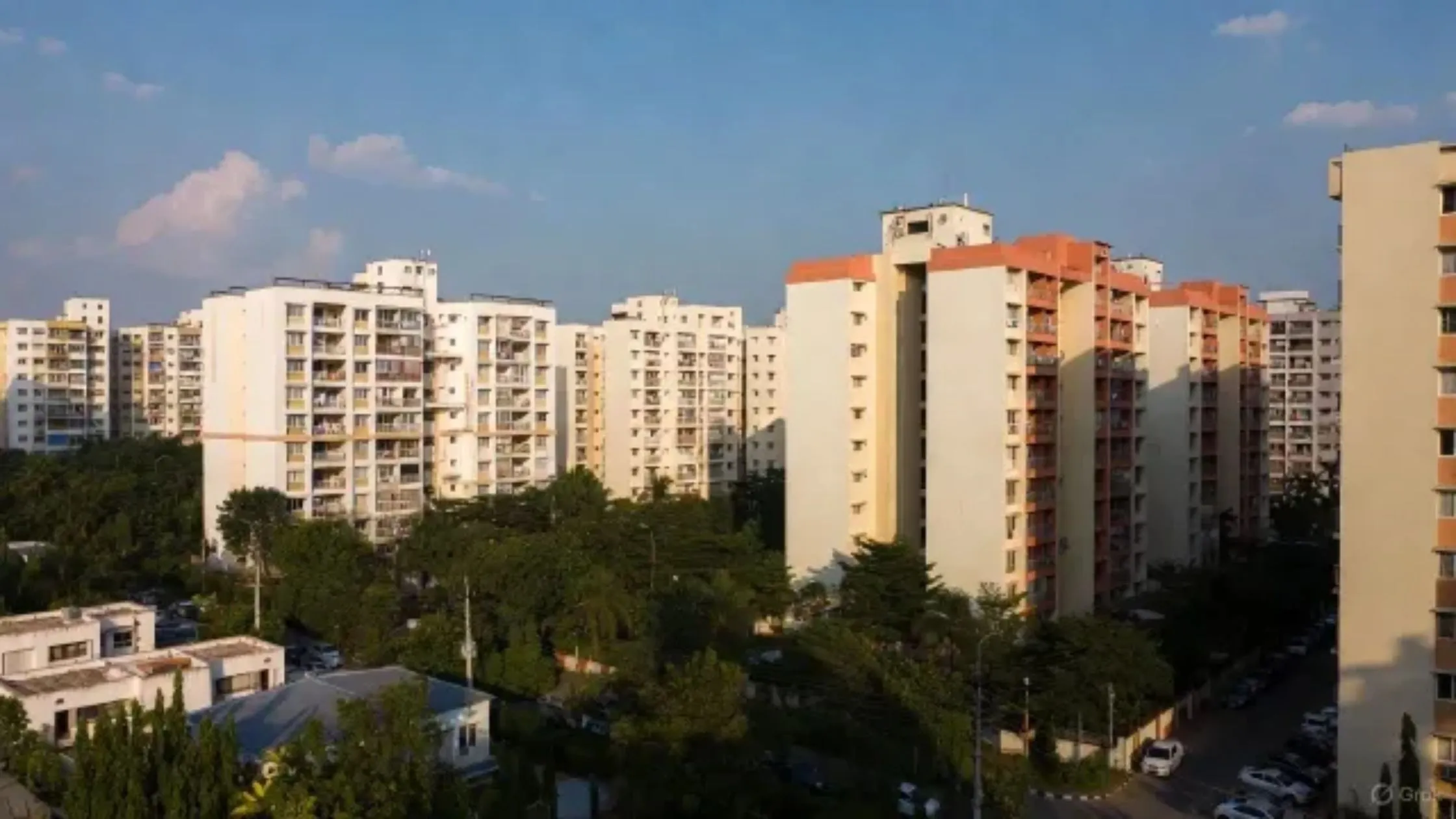Table of Content
The Mumbai Metropolitan Region (MMR), a pivotal hub for real estate in India, is currently grappling with a major setback. Construction activity involving more than 70,000 housing units spread across 493 projects has come to a halt. This disruption follows a directive from the National Green Tribunal (NGT), Bhopal, aimed at strengthening environmental protection measures in the region.
While the decision emphasizes eco-conservation, it has also created significant challenges for developers, homebuyers, and other stakeholders in the real estate sector.
Understanding the NGT Directive
The NGT’s directive requires all real estate projects located within a 5 km radius of eco-sensitive zones to obtain environmental clearance from the Central government. Previously, this clearance was granted by the State Environment Impact Assessment Authority (SEIAA). This change in procedure stems from a 2023 petition advocating stricter environmental scrutiny for developments near protected zones.
The directive impacts several eco-sensitive areas in the region, including:
- Sanjay Gandhi National Park
- Tungareshwar Wildlife Sanctuary
- Karnala and Thane Bird Sanctuaries
- Panvel Creek
- Phansad Wildlife Sanctuary
Although this initiative aims to safeguard the environment, it has inadvertently caused delays in housing projects, particularly in the affordable and mid-income segments.
Also Read: MahaRERA Initiates OC Verification to Enhance Real Estate Transparency
Impact on Real Estate in MMR
1. Developers Face Mounting Challenges
Developers in MMR are grappling with prolonged delays due to the new clearance process. These hurdles have caused financial strain as stalled projects escalate holding costs. Many projects are also awaiting approvals under the Coastal Zone Management Plan (CZMP), further compounding the bottlenecks.
According to Zameer Khan, CEO of Unimax World, “Timely intervention is essential to streamline procedures without compromising environmental norms. The delays are jeopardizing project viability.”
2. Homebuyers Caught in Limbo
The delay in obtaining environmental clearances has left thousands of homebuyers waiting for their dream homes. Prolonged project timelines may also lead to price escalations, forcing buyers to reassess their investment plans.
A Pune-based buyer shared, “It’s frustrating to see projects stuck due to unclear timelines. The verification process must be simplified for everyone’s benefit.”
3. Ripple Effect on the Economy
The construction industry is a key driver of employment and economic growth. The stalling of 493 projects has disrupted supply chains, delayed contractor payments, and dented revenue collections for the state government. This cascading effect has created financial uncertainty in the region.
The Need for Timely Solutions
Balancing Environmental Safeguards and Development
While the directive highlights the importance of eco-sensitive zones, it also underscores the need for efficient mechanisms to balance urban development with environmental priorities. Developers have suggested measures such as:
- Phase-wise Clearances: Allowing projects to progress up to the plinth level while environmental clearances are processed.
- Digital Integration: Implementing robust digital platforms to expedite approval processes and ensure transparency.
Policy Recommendations
The integration of state and central environmental clearance mechanisms is critical. Collaboration between authorities, coupled with well-defined timelines for approvals, can address current inefficiencies without compromising on environmental commitments.
Looking Ahead:
The current stalemate in MMR’s real estate market is a call to action for policymakers and industry leaders. A transparent and time-efficient clearance process is essential to rebuild trust among stakeholders and ensure the steady growth of the housing sector.
By balancing environmental responsibilities with developmental goals, MMR can emerge stronger, providing much-needed housing while preserving its ecological assets.
Follow AquireAcers Whatsapp Channel to Stay Updated With The Latest Real Estate News





_1765522271.webp)

Ans 1. The stalling is due to a directive from the National Green Tribunal (NGT), which mandates stricter environmental clearances for projects within a 5 km radius of eco-sensitive zones. This new requirement shifts the approval process from state-level authorities to the Central government, causing delays.
Ans 2. The affected areas include Sanjay Gandhi National Park, Tungareshwar Wildlife Sanctuary, Karnala and Thane Bird Sanctuaries, Panvel Creek, and Phansad Wildlife Sanctuary.
Ans 3. Developers are dealing with prolonged delays, increased holding costs, and the inability to proceed with construction. Projects awaiting approvals under the Coastal Zone Management Plan (CZMP) are facing additional bottlenecks.
Ans 4. Homebuyers face uncertainty, delayed possession of their homes, and potential price escalations. These issues are particularly pronounced in the affordable and mid-income housing segments.
Ans 5. The construction slowdown has disrupted supply chains, delayed contractor payments, and reduced revenue collections for the state government, creating a ripple effect on the economy.
Ans 6. Proposed measures include phase-wise clearances, allowing initial construction to proceed while awaiting environmental approvals, and integrating digital platforms for faster and more transparent clearance processes.
Ans 7. Policymakers are urged to integrate state and central clearance mechanisms and establish clear timelines for approvals to ensure that environmental commitments are met without stalling development.
Ans 8. Restoring confidence in the housing market requires a transparent, efficient clearance process that balances environmental safeguards with developmental goals. This approach is essential for sustaining growth while preserving ecological assets.